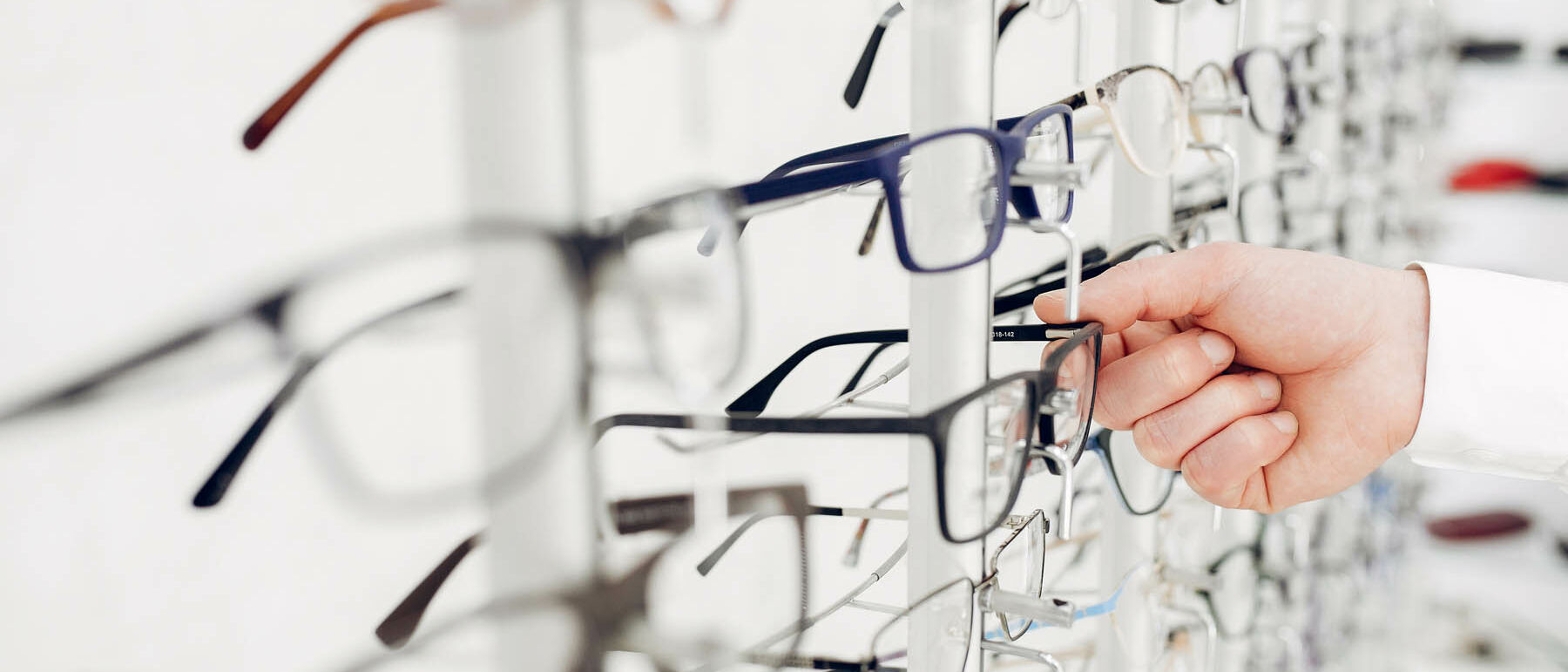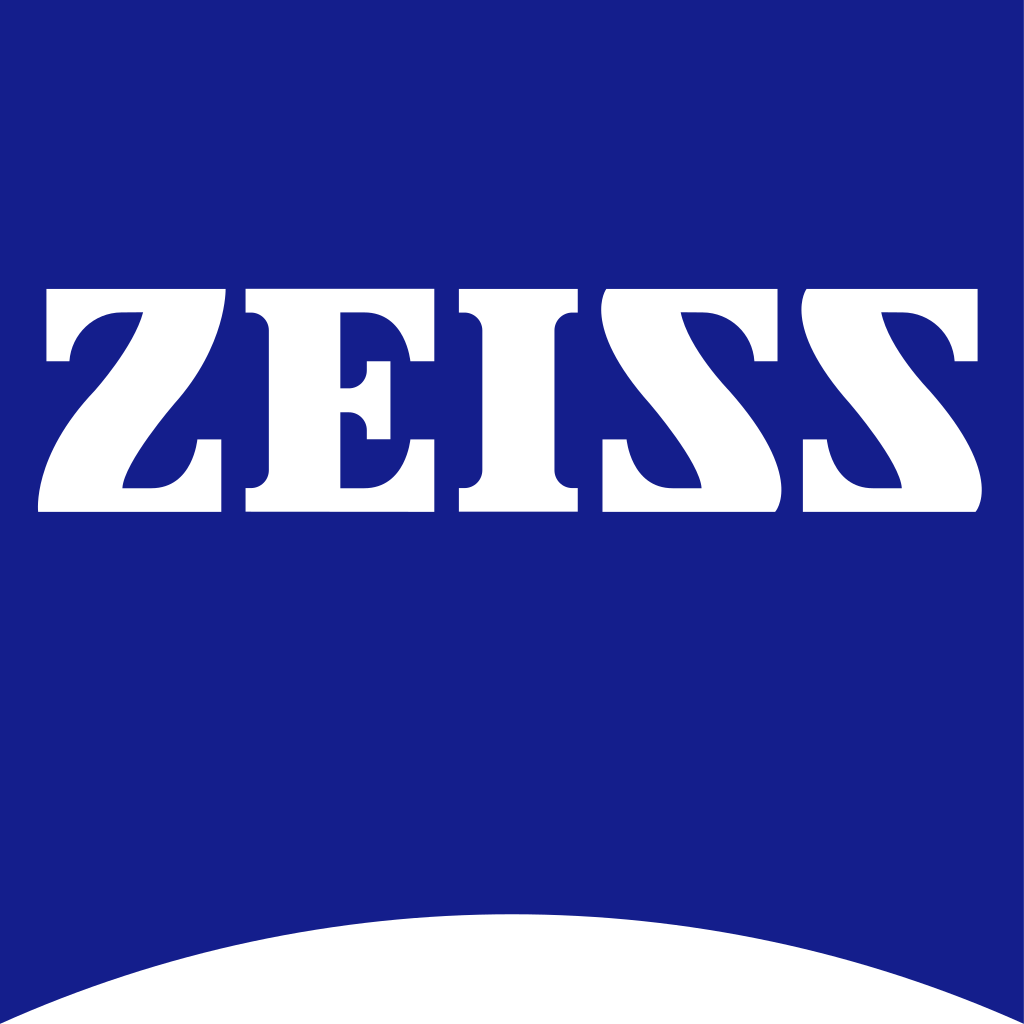Lenses
Single Vision lenses, Multifocals, Anti-reflective, Blue light lenses and the list goes on! What do they all mean? It’s easy to get confused in the land of lenses but we’re here to guide you through all the different types of lenses so that you can determine what’s best for your needs and lifestyle.
Discover the clarity and comfort of Zeiss contact lenses today!

Anti-Fatigue lenses offer relief from digital strain. The lens looks and works like a single vision lens but has a power boost at the bottom of the lens which helps provide comfort during close up activities such as looking at your phone screen.
Anti-reflection coatings are added to your lenses to reduce reflections. When the reflections are gone, light can pass through the lenses easily which leads to clearer vision. The advantage being that your lenses look almost invisible, making them more comfortable and flattering.
Blue light lenses are designed to filter the blue light emitted from electronic devices.
Do your eyes ache from staring at a computer screen all day? Most of us spend our waking hours staring at digital screens, whether it’s the computer at work, mobile phone, tablet or even the television.
Spectacle lens filters are now available that ease digital eye strain providing you with all day comfort.
Tired of squinting in the sun, scrambling to find your sunglasses then, once you’ve got your sunglasses on, stumbling in the dark when you get inside?
Maybe light reactive lenses are for you. These lenses automatically adapt to your light conditions. When you go outside the lenses will rapidly darken to reduce eye strain and squinting in sunlight.
Then when you go indoors they will automatically return to their clear state.
Multifocal lenses are designed to correct your distance, intermediate and near vision.
Our multifocal lenses utilise digital technology, which optimises vision at every point and reduces distortions.
Multifocals act as multi-purpose spectacles, offering convenience whether you’re reading and watching TV, grocery shopping or driving.
Polarised lenses are excellent at reducing glare and offer ultimate protection. They feature a filter that reduces reflected light from passing through the lens.
This filter can stop the squint and maximises clearer vision. This type of lens is especially great if you love fishing, boating or driving.
PL cleverly designed lenses with the correct distance prescription in the top of the special lens and gradually changing further down the lens to focus on middle and reading distances. These are suitable for just about anyone over 40 years of age who does activities at a variety of different distances, including reading, computer, office, outdoors.
Old progressive lenses tend to have a narrow clear zone of middle reading and a lot of distortion on the edges of the lenses. Modern progressive lenses have a wider optimum zone for middle reading, less distortion on the edges, and a nicer blend from distance to closer to computer to reading. MPL can also be customised according to what people really need of their glasses, such as a reduced range progressive lens only for reading, keyboard and screen which gives an even wider optimum zone for screen and reading, but isn’t suitable for walking around. People operating two or three screens, their notes in front of them, they keyboard, that’s their world 12 hours per day would be far better served by a reduced range of progressive lenses but not as much of distance, because that will server them better in their working environment. Part of the skill of choosing the right lens design for the right client is for the optom to ask lots of questions to identify and understand what is really needed out of the enormous range of customisable lenses. Without taking the time to find out what the client will typically be using them for, one cannot offer an accurate solution that will meet their needs for their lifestyle. At RWO we make sure we take the time to ask the questions, to listen and understand so that we can end up with a pair of glasses that gives spectacular performance and covers all the visions needs of the individual, it’s not a one size fits all approach, intended use is so very important to give a good result.
A single vision lens has the same prescription across the entire lens. An example of a single vision lens is distance or reading lenses.
Our Sun Tint choice of colours reduce the intensity of light and offer 100% protection from UVA & UVB rays. These lenses are great when viewing liquid crystal displays (LCDs) as they provide a clear view unlike polarised lenses which can sometimes make viewing LCDs challenging.
If you have a strong prescription thinner and lighter lenses are important. With our choice of thinner lens options you will find the right lens to make your glasses look spectacular and feel comfortable.
Common questions:
How fast to they change – generally they darken in about 30 seconds, and they lighten in about 1 – 1.5 minutes.
The great thing about transition lenses is that they are convenient, one pair of glasses is good for indoors because they are clear, there’s no mucking around swapping between glasses and suns glasses, switching and carrying both.
They are not as dark and don’t protect as well outside as a dedicated pair of sunglasses, particularly for driving. The transition lenses depend on direct exposure to sunlight to darken, so when you are in a car, they will darken a bit, but only 40-50% of their maximum potential tint. That’s where a full pair of dedicated sunglasses protect better. Pros and cons and this all depends on the individual’s usage and preferences.
Upside is one pair to do the lot, and the least expensive, is cheaper than having prescription sunglasses as well. The compromise is the protection level, particularly when driving.
Is an old style lens that has a distinct distance portion at the top of the glasses and reading portion at the bottom of the glasses and a sudden jump in power between the distance and the reading part. That’s what creates the line on the lens.
They give quite a nice big reading area, but only at one distance, therefore they suit more for people who don’t use a computer but do lots of reading at a particular distance. The line tends to be a bit of an issue when walking around, such as when walking up steps or across uneven ground. For anyone who does a variety of activities at a variety of different distances, the bi-focal probably isn’t the right solution these days. This is why progressive lenses are far more popular because they are far more flexible.

